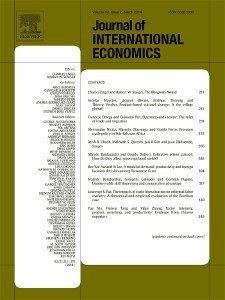
\Van Wijnbergen\, S. (1986). Macroeconomic aspects of the effectiveness of foreign aid: On the two-gap model, home goods disequilibrium and real exchange rate misalignment Journal of International Economics, 21(1-2):123--136.
-
Affiliated author
-
Publication year1986
-
JournalJournal of International Economics
We construct an open economy disequilibrium model to assess the welfare effects of aid in different macroeconomic regimes. Aid is shown to have different effects in different unemployment regimes because it increases the social costs of wage-price rigidities in the classical regime but decreases them in the Keynesian unemployment regime. A link is made with the two-gap model, but we highlight the role of real exchange rate misalignment (failure to clear the NTgoods market). We finally give simple formulas for the welfare effects of aid in different regimes that should help in empirical application.